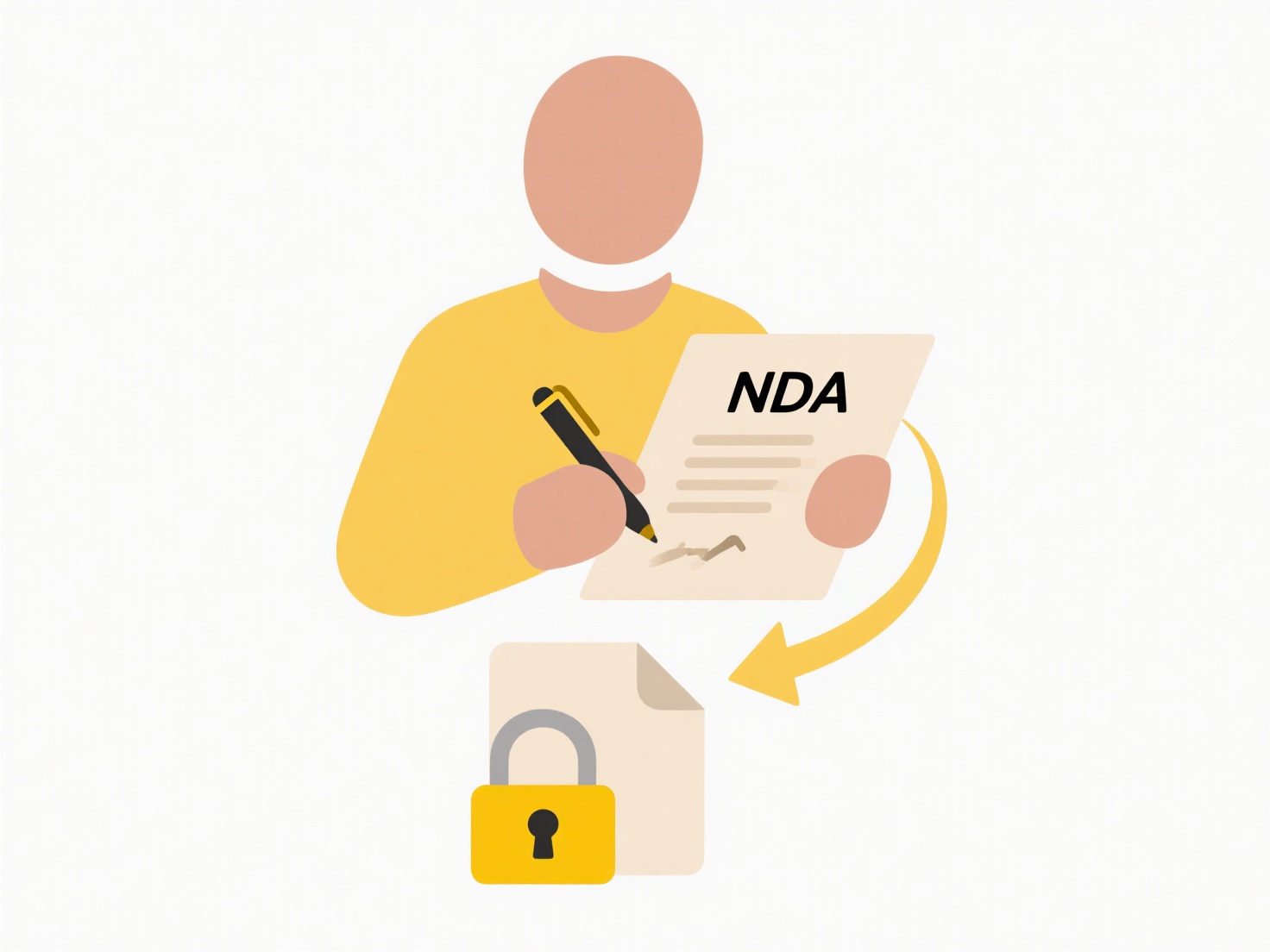
Consolidating duplicate documents combines identical or near-identical files created by different users into a single, master copy. This differs from simply finding duplicates on a single device as it requires identifying the 'best' version (often the latest or most complete), resolving conflicting permissions across user accounts, establishing unified ownership or access controls, and ensuring links point to the new master copy. The goal is to reduce storage waste and confusion while maintaining a single source of truth.
A common example is merging several users' drafts of the same company policy document stored on a shared platform like SharePoint or Google Drive. Another instance is in research teams where multiple scientists might have slightly differing copies of the same dataset spreadsheet; consolidation ensures everyone uses the validated, final version. IT departments or project leads often manage this process during file migrations or collaboration platform clean-ups.

The primary advantage is significant storage savings and eliminating version confusion, boosting productivity. However, limitations include technical complexity in tracking all versions across different accounts and potential disputes over whose changes are preserved, necessitating clear governance rules. Ethically, transparency about how the master copy is chosen and respecting individual contributions is important. Automation tools are increasingly aiding this process to reduce manual effort.
How do I consolidate duplicate documents from different users?
Consolidating duplicate documents combines identical or near-identical files created by different users into a single, master copy. This differs from simply finding duplicates on a single device as it requires identifying the 'best' version (often the latest or most complete), resolving conflicting permissions across user accounts, establishing unified ownership or access controls, and ensuring links point to the new master copy. The goal is to reduce storage waste and confusion while maintaining a single source of truth.
A common example is merging several users' drafts of the same company policy document stored on a shared platform like SharePoint or Google Drive. Another instance is in research teams where multiple scientists might have slightly differing copies of the same dataset spreadsheet; consolidation ensures everyone uses the validated, final version. IT departments or project leads often manage this process during file migrations or collaboration platform clean-ups.

The primary advantage is significant storage savings and eliminating version confusion, boosting productivity. However, limitations include technical complexity in tracking all versions across different accounts and potential disputes over whose changes are preserved, necessitating clear governance rules. Ethically, transparency about how the master copy is chosen and respecting individual contributions is important. Automation tools are increasingly aiding this process to reduce manual effort.
Quick Article Links
What should I avoid when organizing files?
Organizing files effectively avoids common pitfalls like inconsistent naming, unclear structures, and mixing unrelated c...
What mobile apps allow detailed sharing control?
Detailed sharing controls in mobile apps refer to granular privacy settings that allow users to precisely manage who can...
Can I open password-protected compressed files?
Password-protected compressed files are archives (like ZIP or RAR) encrypted with a specific password. Opening them requ...